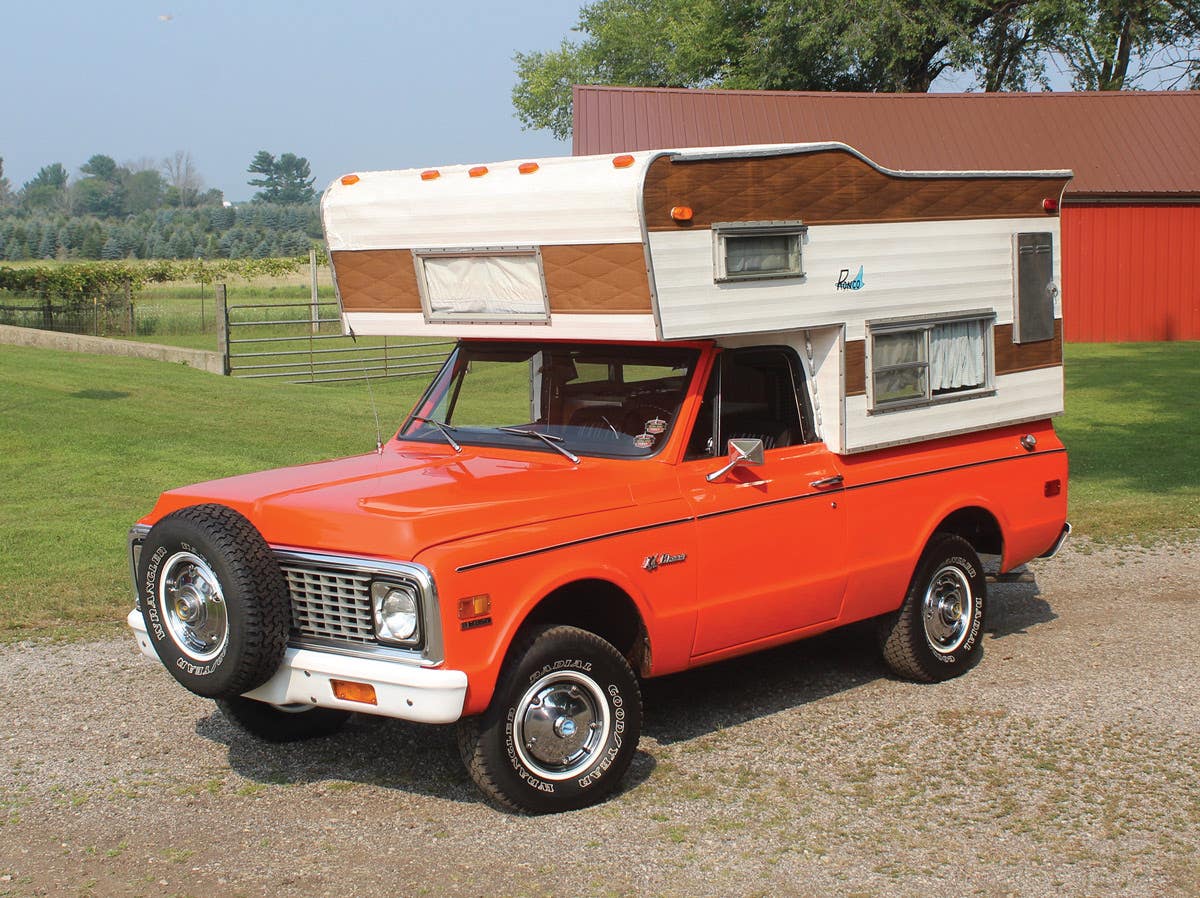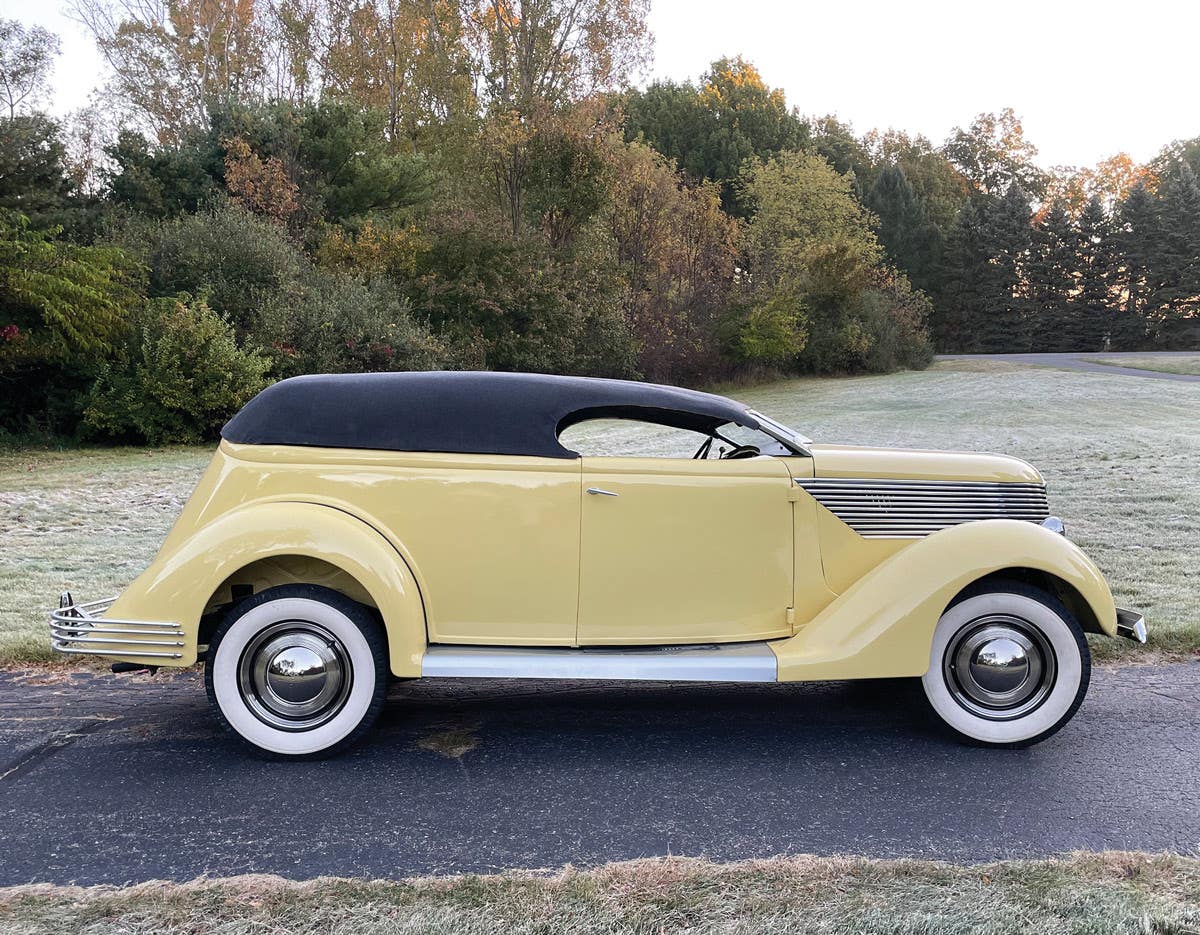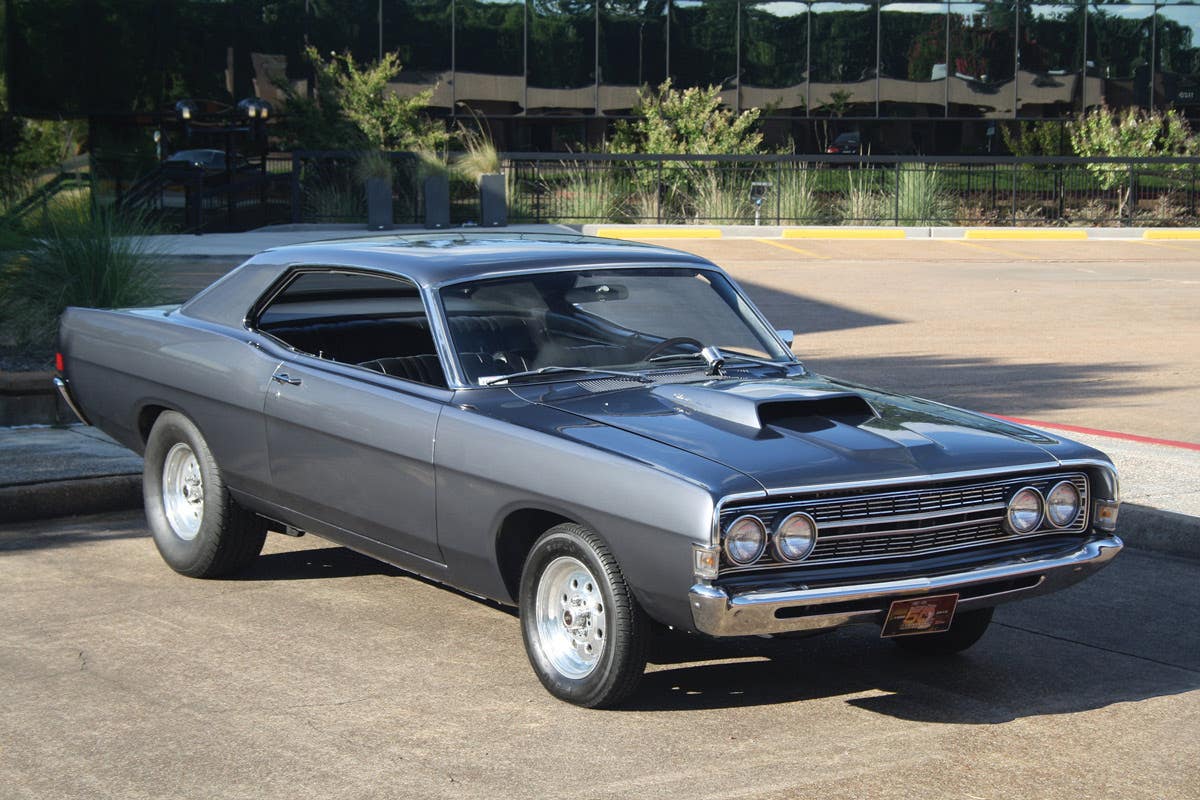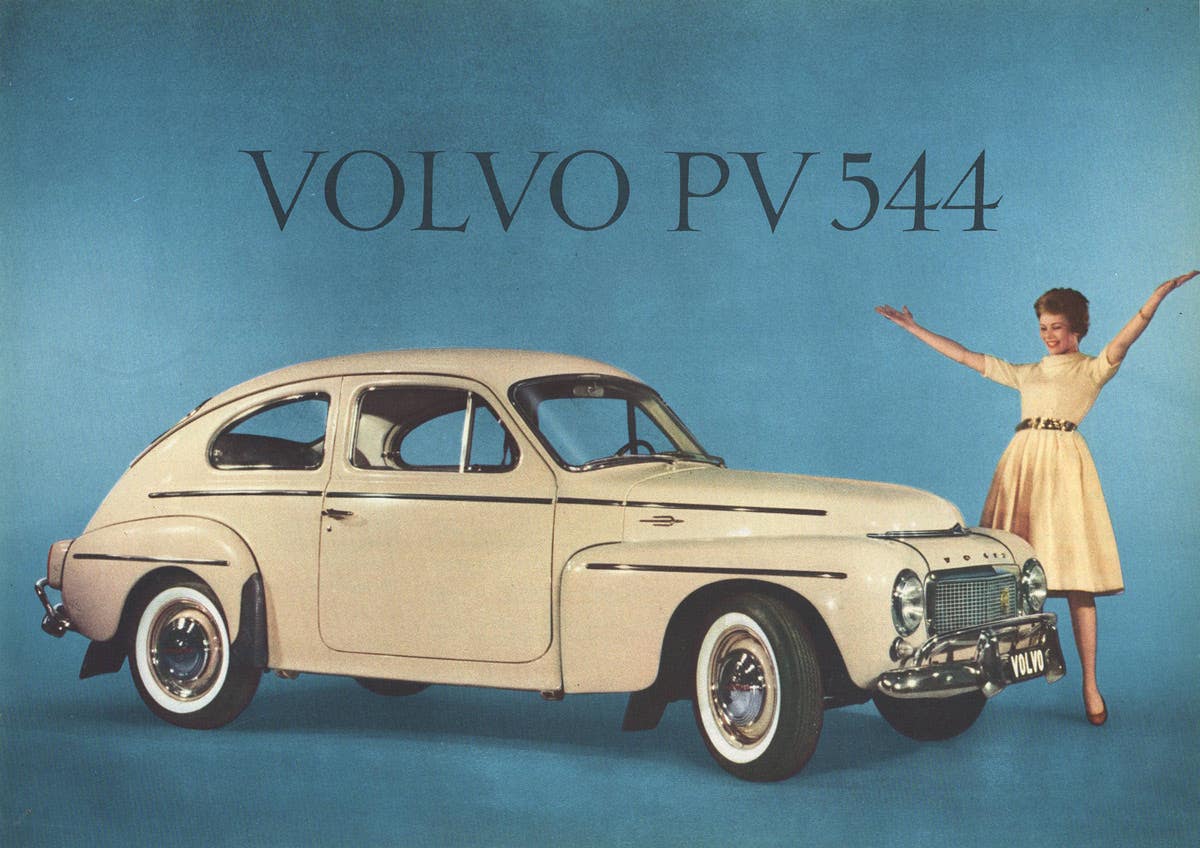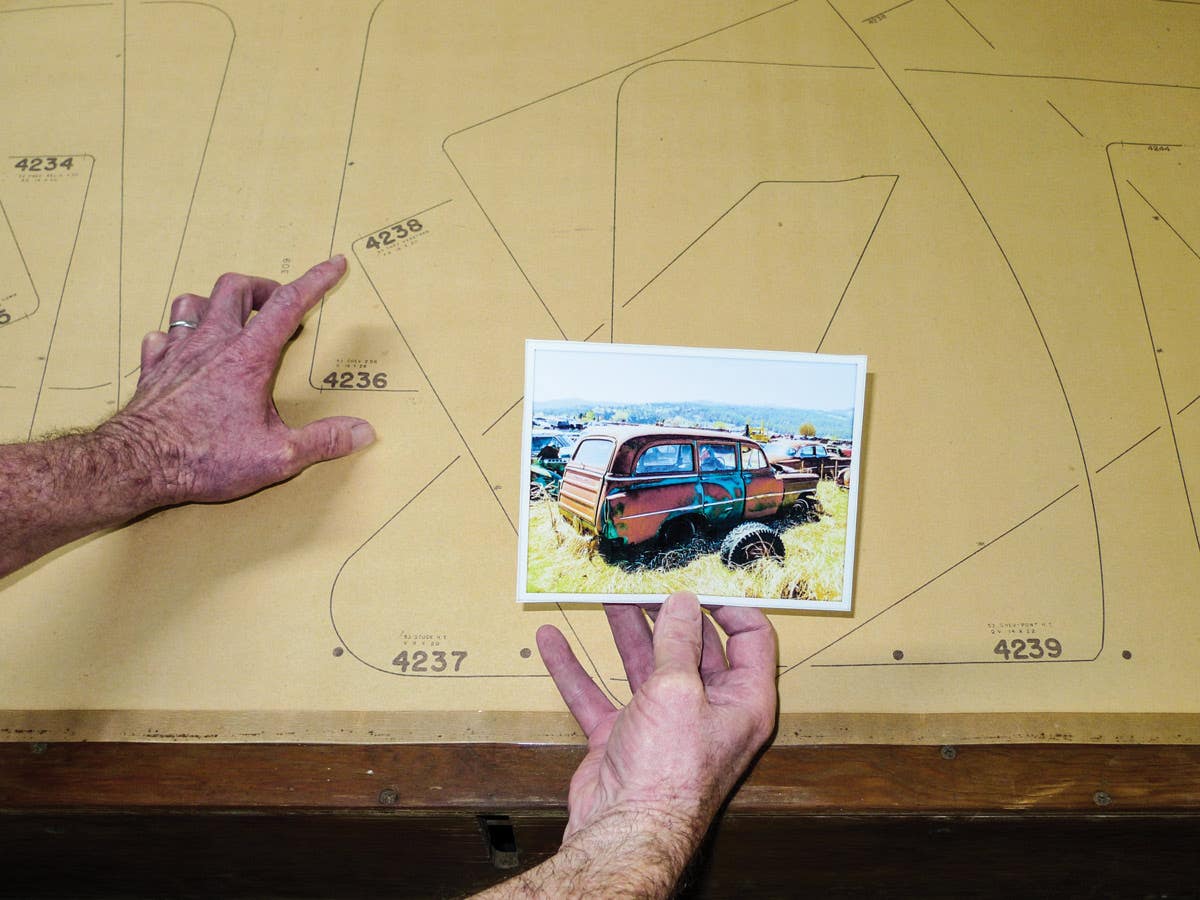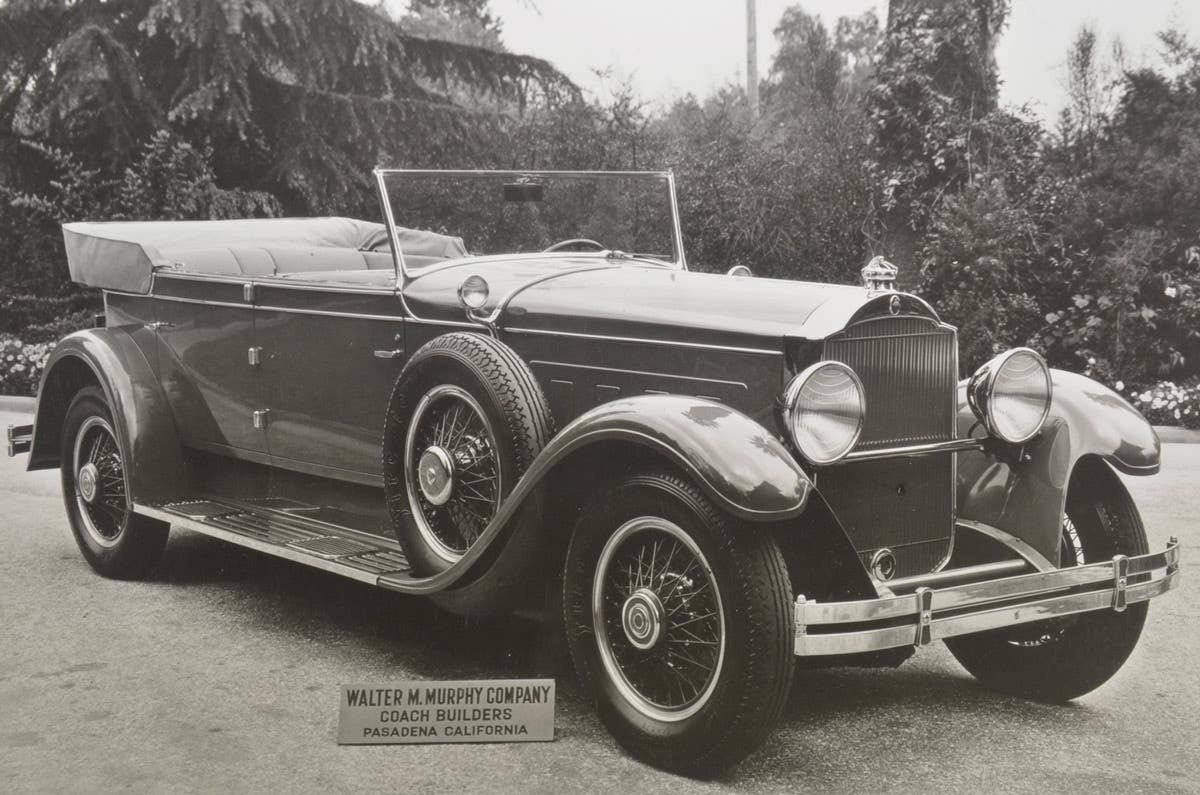I spend a great deal of time helping people with their car care needs. The number one question I get asked is, "How do I properly wash a car?" Many people are going to automatic car washes these days, because it's convenient and saves time. The reality is that the best procedure and the way to ensure a great finish is to hand wash your car yourself.
Before I discuss the steps on hand washing, let's take a look at the different automatic washes and how they affect your car. I have had many people tell me their car looks great, and all they do is run it through a car wash once a week or so. I have also heard a number of people tell me they had wheels damaged, antennas broken, outside mirrors cracked, and paint swirled from automatic washes. To those having good luck using automatic washes, eventually your luck will end. Odds are that, at some point, your car will get damaged.
When hand washing your car, always use the two bucket method. One bucket is filled with the car wash detergent and water, and the second container has clean water for rinsing. Use a chenille mitt or micro-fiber mitt for washing.
The brush car washes come in direct contact with your car's finish. This is how swirls occur in paint. The touch-less wash is better for your finish and is the preferred method for cold weather washes when you can't do it yourself outside. The best solution is to make sure you properly detail your car twice a year, getting a good quality paint sealant on the finish. Hand wash whenever possible, and only use a touch-less pressure wash in cold months. If you clay your car during every complete detail, it will be easier to maintain during the cold months.
When you hand wash, always use car wash soap; never use dish detergent or laundry soap. Work in the shade, because the sun can cause water spots. Use the two bucket method: one bucket for soap, one for rinsing. Use chenille mitts or micro-fiber mitts; don't use sponges or towels. Have some all-purpose cleaner on hand for the wheels and tires; Simple Green or Formula 409 work well.
To start, rinse the car, getting it wet from top to bottom. Starting at the top and working with the soapy water solution and wash mitt, do a small section at a time, rinsing as you go. Pay attention to problem areas that won't come off with the soap, like tar and overspray. Don't worry about those areas now; come back to them after the initial wash. Change water as often as necessary, depending on how dirty your car is. When you take the mitt from the soapy water to the finish, return it to the plain water bucket; that way you won't transfer contaminants back to your car. After you wash the entire vehicle, rinse well.
Before you get to the wheels and tires, you should dry the car so water spots don't occur. To dry, use an electric leaf blower and a waffle-weave micro-fiber towel. Don't use terry towels or chamois, because they can scratch the finish. The electric leaf blower will get water out from behind emblems, trim, mouldings and other areas where water can sit and hide.
Next, spray some all-purpose cleaner on the tires and wheels. Use a wheel brush and soapy water to clean tires, wheels and wheel wells. For stubborn brake dust, use an alkaline cleaner (see my Web site for more info), then rinse well. Now go back and inspect the finish. If you see any foreign contaminants on the finish, use a small piece of clay to remove it. Spray some water-based dressing on the tires; stay away from solvent dressings. Make sure you move the car up a little to dress the underside of the tire. Apply a coat of wax or paint sealant on wheels.
Keep in mind that it is extremely important to clay your car; this procedure removes surface contaminants that do not come off during the wash cycle. Drying your car without removing these particles will create all sorts of problems like swirls and scratches. If you follow these simple guidelines, you will keep your car looking its best.
Gary Kouba owns Perfect Auto Finish, a state-of-the-art automotive enhancement facility, in Roselle, Ill. Gary teaches auto detailing at high schools, colleges and libraries and does guest speaking at car clubs and other organizations. He is also a PDA Certified Master Detailer.



